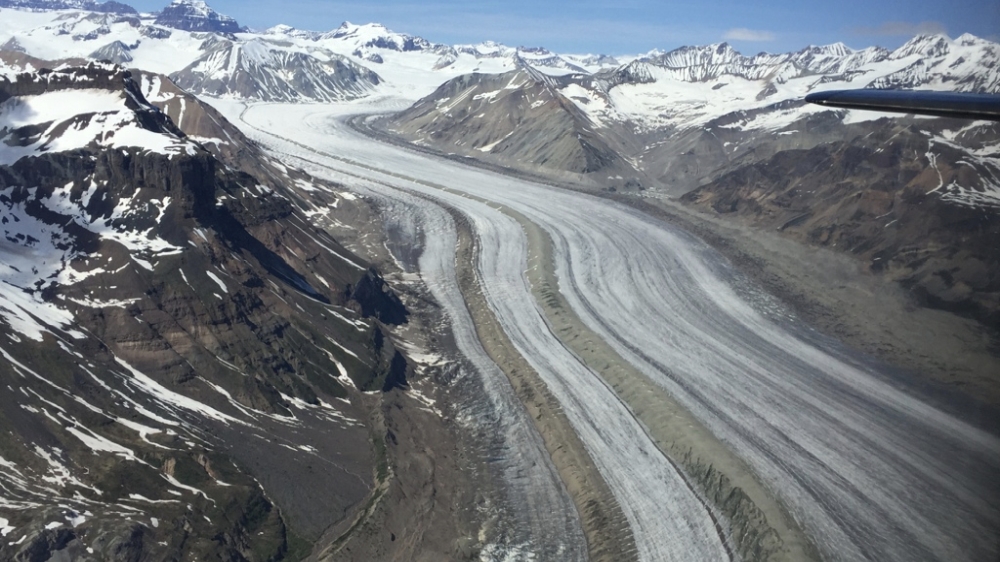About the project
Glaciers around the world are retreating in response to atmospheric warming with direct implications for sea-level rise, streamflow and glacier related hazards. Global-scale glacier model have projected continued substantial mass losses over the 21st century, however, relevant processes have been parameterized in a simplified fashion or ignored entirely in the current generation of these models. Some of these processes lead to non-linear feedbacks, i.e. amplify or diminish the effects of climate-induced glacier mass loss. GlacMod aims to explore such feedbacks in detail and investigate how glacier retreat, glacier surges and debris cover often found on glacier tongues affect the glacier response to climate change in global-scale glacier models.
GlacMod will use the open-access global glacier model PyGEM and improve the model by coupling a physically-consistent iceberg calving model and accounting for debris cover. Dedicated model experiments when be conducted to quantify the role of feedback mechanism. Finally PyGEM will be used to project the mass and area changes and associated contributions to sea level of all 200,000 glaciers on Earth (outside the Greenland and Antarctic ice sheets) until the year 2100. These projections are relevant for coastal planers and policy-makers as well as communities affected by continued glacier decline.
Objectives
The overarching goal for the project is to advance global-scale glacier modeling with particular focus on two interrelated objectives:
- Elucidate the effects of non-linear feedbacks in global-scale glacier projections.
- Provide much refined and improved 21st century global glacier mass and area change projections based on the latest generation of climate projections.
GlacMod will achieve these objectives through (a) model development driven and informed by detailed analyses of large-scale data sets, and (b) a series of targeted model experiments.
Model experiments and projections will be carried out with the Python Glacier Evolution Model PyGEM, a modular, open-source global glacier model – PyGEM developed by project participants Rounce and PI R. Hock.
– URL: GITHUB: https://github.com/drounce/PyGEM
Financing
The title of the project is Global glacier modeling: Do non-linear feedbacks matter for century-scale projections?, in Norwegian: Global bremodellering: har ikke-lineære tilbakekoblinger betydning for fremskrivninger på 100-års skale?.
The project is funded by the Research Council of Norway (NFR), with the NFR project number 324131. The grant includes funding for a 3.5 year researcher and a 3-year PhD student.
The project is funded for the 4-year period 1 December 2022 – 30 November 2026.
Cooperation
The project includes collaboration with international partners including:
- David Rounce (Carnegie Mellon Univ., USA)
- Lizz Ultee (Middlebury College, USA),
- Fabien Maussion (Univ. Innsbruck, Austria)
- Matthias Huss (ETH Zürich, Switzerland)
- Matthias Braun (Univ. Erlangen, Germany)
- McNabb (Ulster Univ., UK)
- Bert Wouters (Delft Univ., Netherlands)
